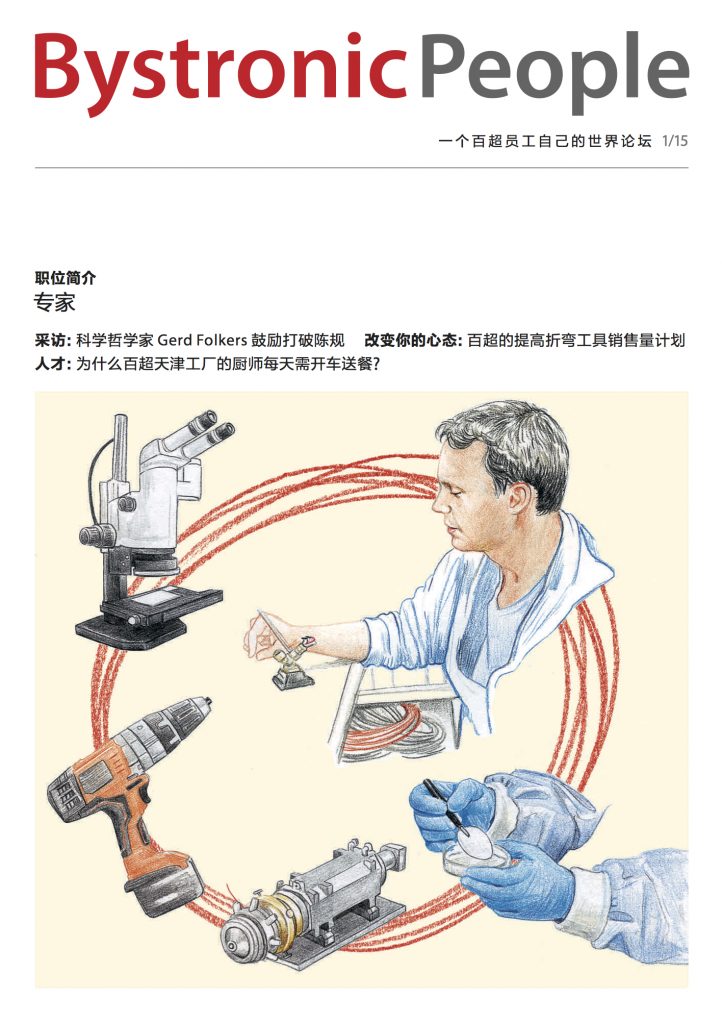Navigating the Chinese Market
When navigating the enormous Chinese Market – or any market that is not your home turf – it is essential to know how to communicate with partners and customers who come from a different cultural background.
By Simon Wong and Lisha Zhang, Primafila Beijing
Intercultural Competence
The ability to communicate, negotiate and effectively work with people from other cultures is vital to international business. In today’s fast-paced world, the keyword is “intercultural communication competence”.
As we are not only based in Switzerland but also in China, we have a feel for the social, economical and political pulse of the Chinese state, and we adjust ourselves accordingly.
The Chinese market is huge, and foreign companies that want to be successful must be well-equipped with a high level of intercultural communication competence.
Speaking the same language as our clients is important, and when we work on the Chinese-language version of a publication – be it for print or online –, accuracy is of the essence. We do not simply translate the articles into Chinese but adjust them to suit the style that is accepted by our clients. Apart from using precise and updated terms, a keen sense regarding politics is also important. We have a ‘dictionary’ here of terms and names that are politically sensitive, and we deal with them tactfully.
State-owned enterprises in China are known for their patriarchal structures, and opening up a smooth channel of communication between the management and the employees is not an easy task. With our extensive international experience, we bring to the table Western concepts and offer adjusted and well-defined solutions to our Chinese clients – from precise concepts to state-of-the-art designs, all of which we implement with political correctness in mind.
Information Design
While “cultural transmission” might be another keyword, our working environments have changed too. Business has moved away from traditional monochromic offices to new work places filled with members from different cultural backgrounds.
 Take BystronicPeople the global employee magazine we publish in German, English and Chinese for Bystronic, a Swiss machine engineering company, for example:
Take BystronicPeople the global employee magazine we publish in German, English and Chinese for Bystronic, a Swiss machine engineering company, for example:
With our precise planning and content setup in this publication, the company communicates clearly and smoothly in more than 20 countries, thus strengthening its brand both internally and externally around the world.
In this global information age with an overabundance of text-based output, selective reading is the key to acquire knowledge swiftly. That is why our layouts are not simply a matter of graphic design but instead of information design – delivering messages and points of views more efficiently in a graphical way.
Cross-Media Platforms of Communication
 Another one of our publications, Living Energy for Siemens AG, is published in English and Chinese not only in print but also with an App version for smartphones and electronic reading pads.
Another one of our publications, Living Energy for Siemens AG, is published in English and Chinese not only in print but also with an App version for smartphones and electronic reading pads.
While Western readers are familiar with Facebook, Google, Twitter et al, these are blocked in China for political reasons. This does not, however, stop the delivery of information through these kinds of media platforms. In China, local social media platforms such as WeChat, QQ, Sina and so forth, are as popular as the Western ones, and through them, information is exchanged everyday not only within China but also around the global. This has lead some of our clients to create their own sites on these Chinese social media platforms in order to more effectively distribute their company news.
A Local Foothold
The key to effective intercultural communication is the acknowledgement of the barriers brought about by the existence of a variety of cultures in the global workplace. In some countries, businesses have to respond to intercultural communication problems carefully and slowly, and in others, clearly and quickly. Keeping a firm standpoint, we can deliver our message correctly and precisely.
In the fast-changing global business world with all forms of information, it is crucial to gain a local foothold in order to recognize the signs of change and the needs of customers. It is the only way to provide tailored solutions that are aligned to local needs and that send out the right message.
Recent Posts
- Memorial Concerts “79 Roses” 05/12/2024
- Desire: The Carl Craig Story – Documentary, Music, Biography by Jean-Cosme Delaloye 29/04/2024
- Correspondent Jean-Cosme Delaloye also makes documentaries 14/02/2024
- American Express Previews: Gentlemen’s Sports 02/04/2019
- American Express Previews: Tennis & Golf 02/04/2019


